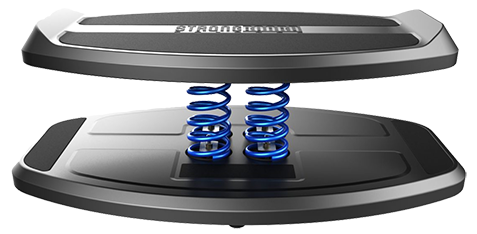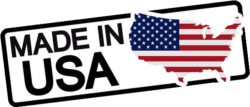Please consult with a licensed physical therapist or medical professional before beginning any rehabilitative program. We usually recommend pairing StrongBoard MINI with a licensed physical therapist for most injury recovery. We are unable to offer any treatment plans without a full medical assessment. Please use healing modalities responsibly.
1) Position yourself standing on the short side of StrongBoard approximately 12-18 inches away from the board and then move to one side 6-12 inches and your feet together.
2) Reach back with the foot, which is the farthest away from the board. This will position you into a braided type of foot placement. (Additional upper extremity support may be needed if balance is too much)
3) With one heel on the lipped edge of the board.
4) The front knee is bent enough to reach the board and both knees should be bent
5) Slowly press the heel on the board toward the floor.
6) The front knees remains in the flexed position.
7) The back knee extends pressing into the board.
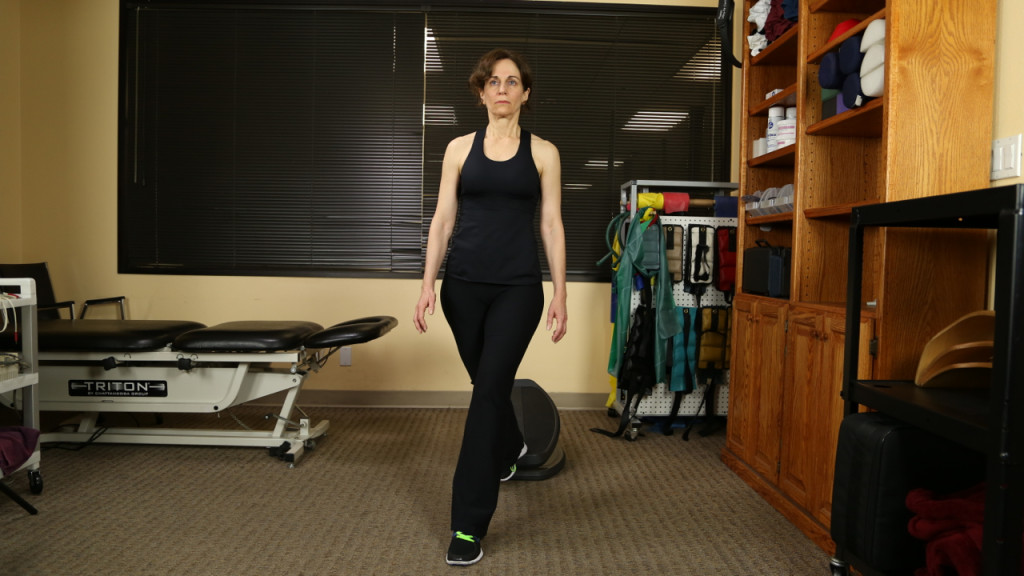
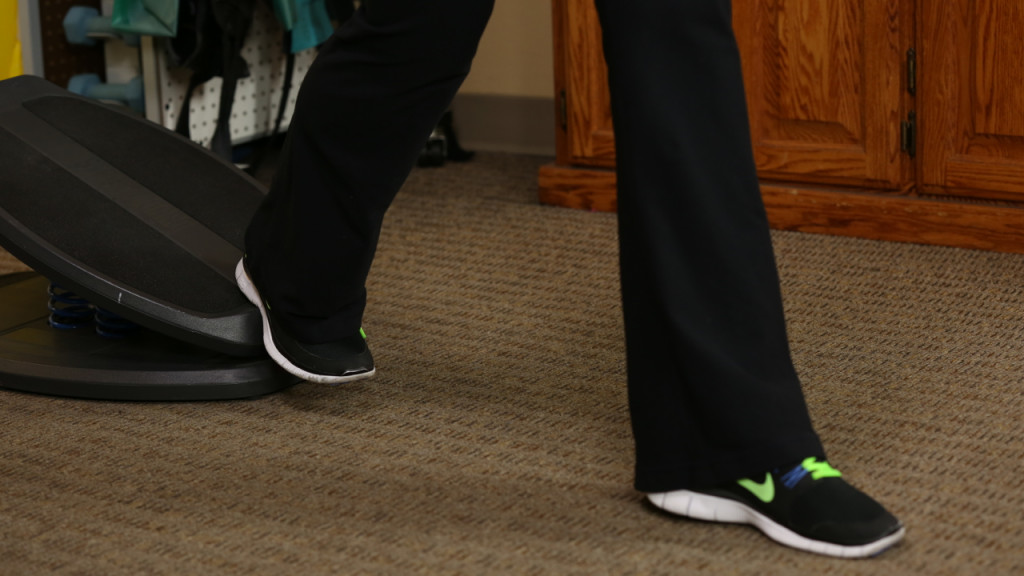
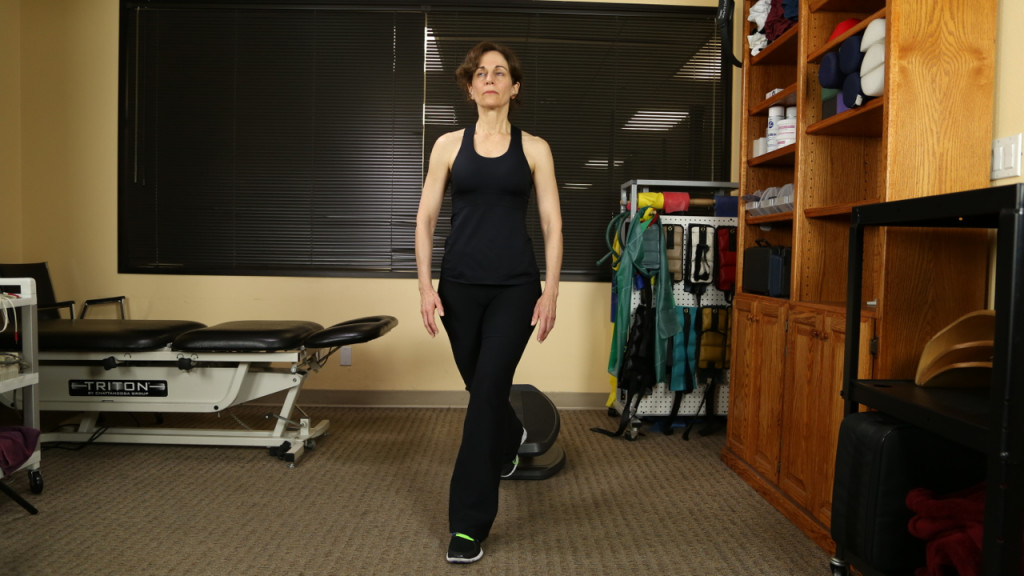
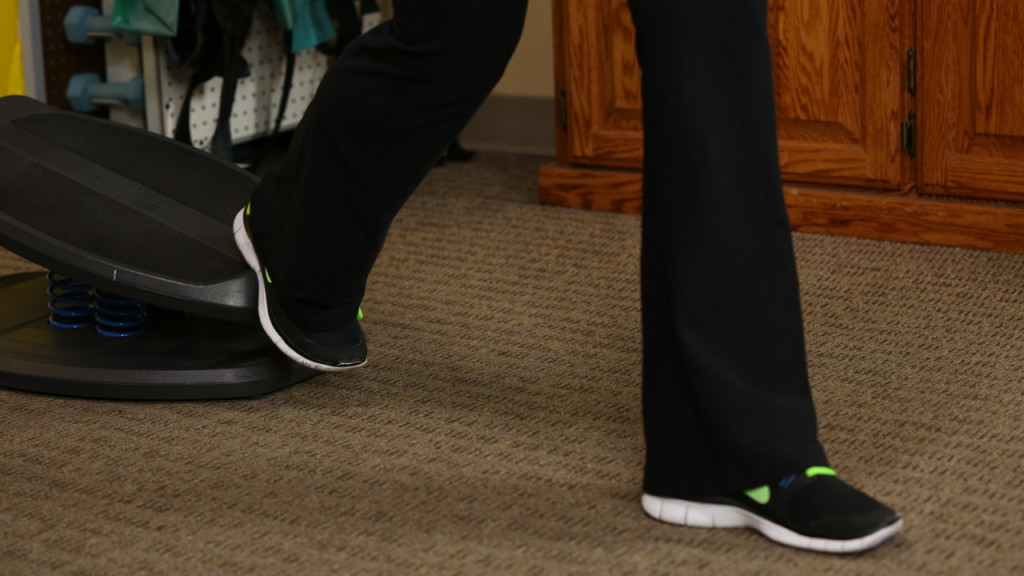
In most instances of physical therapy, wherein a person is rehabilitating an injury or strengthening a weakness, we recommend StrongBoard MINI. StrongBoard MINI functions exactly the same as StrongBoard Balance board, and offers all of the same diversity, challenges and neurological stimulation, with one exception. Its springs are 2” shorter making it less reactive, and bringing the platform closer to the ground. Perfect for at-risk seniors, anyone living with a motor skill or neurological disorder such as Parkinson’s Disease, Cerebral Palsy or Ataxia, anyone on the Autism Spectrum, persons working with ADHD, recovering from stroke, or rehabilitating an injury, StrongBoard MINI is the go-to tool for gains in treatment and healing. It is also an excellent alternative physical therapy aid for those individuals who require creative ways to remain strong after experiencing an above-the-elbow (AE) trans humoral, above- the-knee (AK) trans femoral surgery or Amelia. StrongBoard Balance boards have also been utilized by individuals who look to the American Orthotic and Prosthetic Association (AOPA) for innovation and advancement in strength training.
